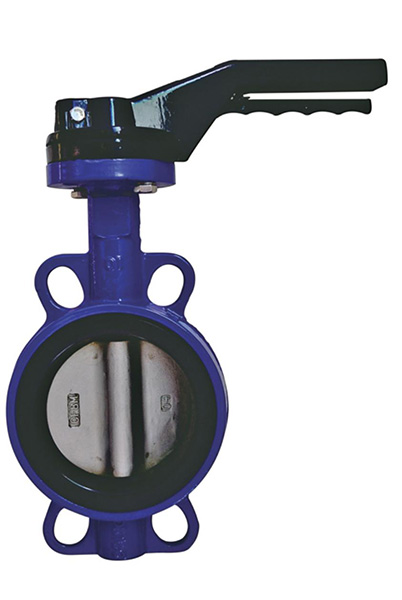10 月 . 12, 2024 21:53 Back to list
butterfly check valve
Understanding Butterfly Check Valves Function and Applications
Butterfly check valves are an essential component in various fluid systems, playing a critical role in ensuring the efficient and safe movement of liquids and gases. In this article, we will explore the characteristics, working principles, and applications of butterfly check valves.
What is a Butterfly Check Valve?
A butterfly check valve is a type of non-return valve that uses a rotating disc to allow fluid to flow in one direction while preventing backflow. It is designed to resemble a butterfly, with the disc acting as the wings. When fluid flows in the intended direction, the disc opens, allowing the passage. However, if there is a reverse flow, the disc closes under the influence of gravity or a spring mechanism, effectively stopping the flow. This design enables butterfly check valves to provide a reliable and efficient means of controlling fluid movement.
Key Characteristics
Butterfly check valves are favored for their lightweight and compact design, which allows for easy installation in limited spaces. They are available in various materials, including PVC, stainless steel, and cast iron, making them suitable for different applications and environments. The size and configuration of these valves can also vary, accommodating a wide range of pipe diameters.
Moreover, butterfly check valves can operate effectively at different pressure ratings, providing flexibility for various industrial processes. Their low-pressure loss and quick operation speed make them advantageous over traditional check valves, resulting in improved energy efficiency for fluid systems.
butterfly check valve

How Does It Work?
The operation of a butterfly check valve is straightforward. When fluid flows in the designated direction, the pressure pushes the disc away from the seat, allowing unobstructed passage. As the flow decreases or reverses, the weight of the disc and the backpressure from the fluid cause it to close tightly against the seat, preventing backflow. This automatic closing mechanism is crucial in applications where backflow could cause contamination, equipment damage, or system inefficiencies.
Applications
Butterfly check valves find extensive use across various sectors, including water supply and wastewater treatment, chemical processing, HVAC systems, and oil and gas applications. In water supply systems, they help maintain pressure and prevent contamination, ensuring the safety of drinking water. In chemical processing, these valves are essential for managing corrosive fluids, providing durability and reliability.
In the oil and gas industry, butterfly check valves are implemented to safeguard pipelines from backflow, protecting equipment and ensuring operational integrity. Their versatility makes them suitable for both residential and industrial applications, enhancing system efficiency and safety across the board.
Conclusion
In conclusion, butterfly check valves are a vital component in managing fluid flow across various applications. Their unique design, ease of installation, and reliable performance make them a preferred choice for engineers and operators. As industries continue to advance, the role of butterfly check valves in ensuring efficient system functionality will remain critical. Understanding their operation and applications is essential for optimizing fluid handling processes and safeguarding equipment across diverse sectors.
Share
-
Understanding the Differences Between Wafer Type Butterfly Valve and Lugged Butterfly ValveNewsOct.25,2024
-
The Efficiency of Wafer Type Butterfly Valve and Lugged Butterfly ValveNewsOct.25,2024
-
The Ultimate Guide to Industrial Swing Check Valve: Performance, Installation, and MaintenanceNewsOct.25,2024
-
Superior Performance with Industrial Swing Check Valve: The Essential Valve for Any SystemNewsOct.25,2024
-
Industrial Swing Check Valve: The Ideal Solution for Flow ControlNewsOct.25,2024
-
You Need to Know About Industrial Swing Check Valve: Functionality, Scope, and PerformanceNewsOct.25,2024